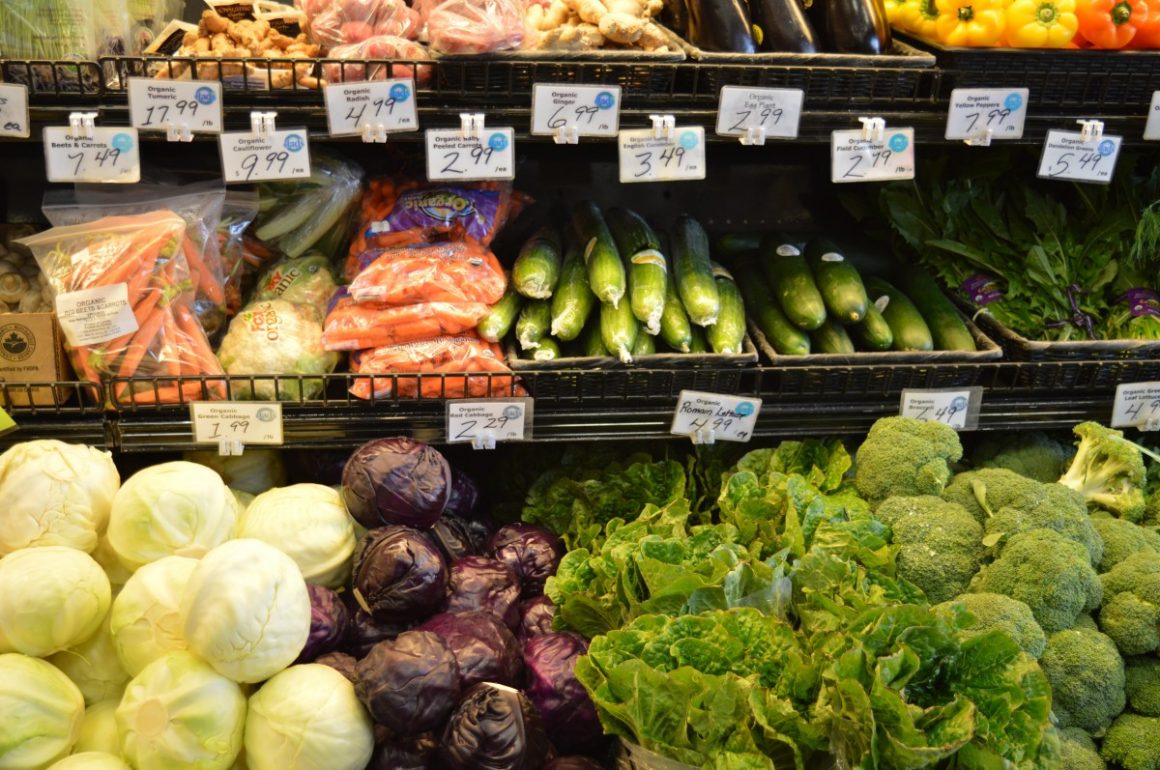
Canada’s Food Guide has entered the 21st century. Will students be left behind?
By Emily Boucher, February 14 2019 —
Health Canada released a new Food Guide last month, the first major update to the document since 1992. While critics have praised the new Food Guide, concerns were also expressed that the recommendations are out of reach for low-income Canadians — a group that includes many university students.
Major changes
A 2016 Senate report described the former Food Guide as “at best ineffective, and at worst enabling, with respect to rising levels of unhealthy weights … and chronic disease.” An overhaul was clearly needed, as food guide recommendations should not make people unhealthy.
The new Food Guide addresses not just what to eat but also how to eat to maintain good health. Portion sizes are out and proportions are in. The new guide advocates eating a variety of fruits, vegetables, whole grains and proteins, as well as limiting processed foods and sugary drinks, including juices.
Mindful meals, social suppers and time-saving tricks are new additions to the Food Guide, reminding us that people used to cook and eat together regularly. Eating dinner while watching Netflix’s Marie Kondo tidy up doesn’t count.
Also novel is that the development process for the food guide was published online in an effort to improve transparency and instil confidence in the scientific basis of the recommendations. This is critical in an era where the trust in our public institutions and science is threatened.
Heck, the new food guide even paid lip-service — albeit in an overly simplistic way — to how the climate crisis is already impacting the cost of food and health risks faced by Canadians.
How will students fare?
Admittedly, the selection of nutritious foods available for purchase in MacHall and around campus is limited. The most economic and healthy option is making coffee at home and packing lunch instead of purchasing food.
However, savvy students still have the power to make the healthiest choices available to them. Swap muffins for oatmeal and sugar-filled flavoured coffees for simple lattes. Ask for steamed vegetables instead of deep-fried, syrup-coated potatoes at Korean Barbecue, choose whole-grain bread at Subway or try a chickpea salad from Fuel for Gold. Read nutrition information online when it is available.
Many students are pressed for cash and time, an impediment to a healthy diet. The Food Guide acknowledges these challenges and provides helpful tips for eating on a budget and saving time that are relevant to students. Suggestions include purchasing less processed and prepared foods and using a slow cooker to save time.
Perhaps the biggest opportunity for students to improve their health is the new Food Guide’s emphasis on eating with others. Many students who live in residence or rent housing off-campus often eat alone. Eating alone is associated with an increased risk of Type 2 diabetes and cardiovascular disease. Preparing meals with friends can be a great way to relax after a stressful day and share the work of cooking. It’s also an opportunity to explore new foods, perspectives and cultures.
Students face barriers when it comes to healthy eating and having food choices on campus that align with the new Food Guide could improve student health. However, better nutrition is within reach for most students by embracing the healthy choices and habits available to them.
